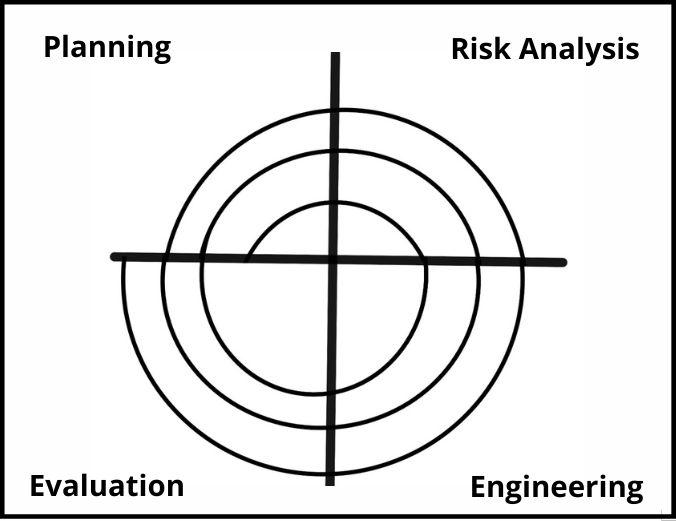Spiral Model in Software Engineering: Navigating Complexity with Iteration
In the world of software engineering, where innovation and adaptability are paramount, development methodologies shape the path to successful project outcomes. One such methodology that stands out for its dynamic and iterative approach is the Spiral Model. Born from the need to manage complexity, risks, and changing requirements, the Spiral Model offers a strategic framework for building software solutions that thrive in an ever-evolving landscape.
Understanding the Spiral Model
The Spiral Model is a software development methodology that draws inspiration from both the Waterfall Model’s structured phases and the iterative nature of Agile methodologies. Proposed by Barry Boehm in 1986, this model was designed to address the challenges posed by complex and large-scale projects. It recognizes that software development is not a linear process and acknowledges the inherent uncertainties in requirements, technology, and user needs.
The Iterative Journey
At the heart of the Spiral Model lies its iterative nature. Unlike traditional methodologies where development progresses through fixed phases, the Spiral Model embraces cycles of planning, risk analysis, engineering, and evaluation. These iterations, resembling the spiral shape that gives the model its name, allow for gradual refinement of the software product.
Spiral Model in Software Engineering Diagram

Phases of the Spiral Model
- Planning: The project begins with defining goals, constraints, and requirements. The initial plan outlines the project’s scope, deliverables, and potential risks.
- Risk Analysis: This phase involves identifying, assessing, and mitigating risks associated with the project. Risks can encompass technological challenges, changing user needs, budget constraints, and more.
- Engineering: In this stage, the actual development takes place. It includes designing, coding, and testing the software solution based on the insights gained from the risk analysis and user feedback.
- Evaluation: Each iteration concludes with an evaluation of the work completed so far. Stakeholders provide feedback, and the project team assesses the achieved progress and identifies areas for improvement.
Advantages of the Spiral Model
- Risk Management: The Spiral Model’s unique feature is its rigorous risk assessment and mitigation strategy at every iteration. This proactive approach minimizes the impact of potential issues and uncertainties.
- Adaptability: The model’s iterative cycles allow for adjustments based on evolving requirements, technology advancements, and user feedback. It provides the flexibility needed to stay ahead in today’s rapidly changing digital landscape.
- User Engagement: Stakeholder involvement is a cornerstone of the Spiral Model. Regular feedback loops ensure that the end product aligns with user expectations and remains relevant.
- Quality Assurance: Frequent testing and evaluation throughout the development process result in a high-quality product with fewer defects and greater user satisfaction.
Challenges of the Spiral Model
- Complexity: The model’s iterative structure can introduce complexity, especially for smaller projects. Managing multiple cycles of planning, analysis, development, and evaluation requires effective coordination.
- Time Consumption: While iterations enhance adaptability, they can also extend the project timeline due to the repeated phases. Balancing timely delivery with iterative refinement can be challenging.
- Resource Intensity: The continuous need for risk analysis, user feedback, and testing demands dedicated resources, which can be a challenge for projects with limited capacity.
Conclusion
The Spiral Model in Software Engineering offers a pragmatic approach to managing complexity and uncertainty in software development. Its iterative nature, emphasis on risk management, and user engagement make it particularly suited for projects where adaptability and quality are crucial. However, its success relies on skilled teams capable of navigating the intricate balance between flexibility and predictability. In an industry defined by innovation, the Spiral Model is a compass that guides software engineers through the intricate journey of crafting solutions that stand the test of time.
